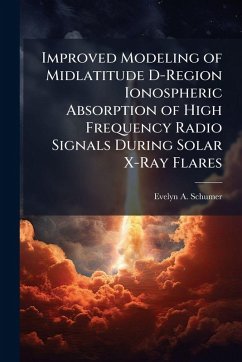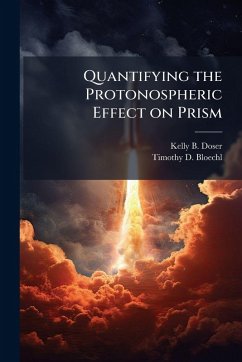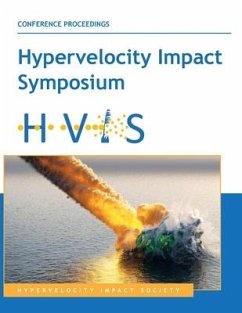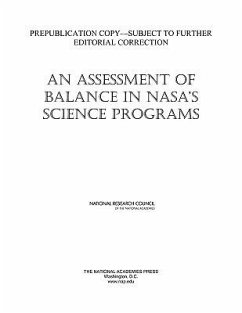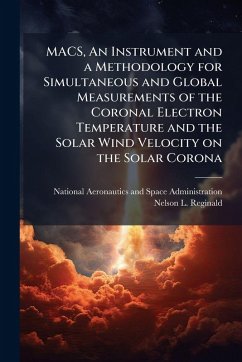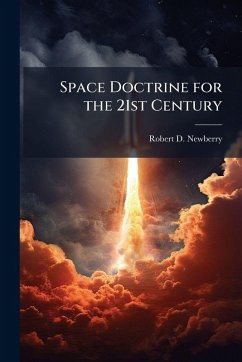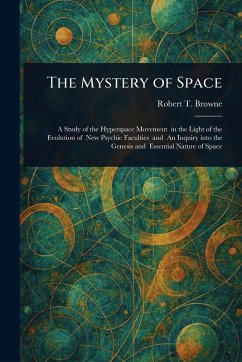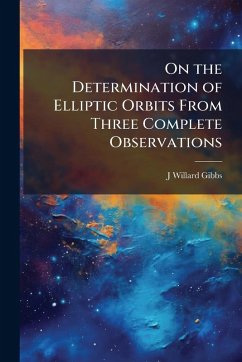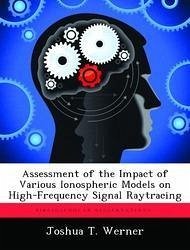
Assessment of the Impact of Various Ionospheric Models on High-Frequency Signal Raytracing
Versandkostenfrei!
Versandfertig in über 4 Wochen
15,99 €
inkl. MwSt.

PAYBACK Punkte
8 °P sammeln!
An assessment of the impact of various ionospheric models on high-frequency (HF) signal raytracing is presented. Ionospheric refraction can strongly affect the propagation of HF signals. Consequently, Department of Defense missions such as over-the-horizon RADAR, HF communications, and geo-location all depend on an accurate specification of the ionosphere. Five case studies explore ionospheric conditions ranging from quiet conditions to solar flares and geomagnetic storms. It is shown that an E layer by itself can increase an HF signal's ground range by over 100 km, stressing the importance of...
An assessment of the impact of various ionospheric models on high-frequency (HF) signal raytracing is presented. Ionospheric refraction can strongly affect the propagation of HF signals. Consequently, Department of Defense missions such as over-the-horizon RADAR, HF communications, and geo-location all depend on an accurate specification of the ionosphere. Five case studies explore ionospheric conditions ranging from quiet conditions to solar flares and geomagnetic storms. It is shown that an E layer by itself can increase an HF signal's ground range by over 100 km, stressing the importance of accurately specifying the lower ionosphere. It is also shown that the GPSII model has the potential to capture the expected daily variability of the ionosphere by using Total Electron Content data. This daily variability can change an HF signal's ground range by as much as 5 km per day. The upper-ionospheric response to both a solar flare and a geomagnetic storm is captured by the GPSII model. In contrast, the GPSII model does not capture the lower-ionospheric response to either event. This work has been selected by scholars as being culturally important, and is part of the knowledge base of civilization as we know it. This work was reproduced from the original artifact, and remains as true to the original work as possible. Therefore, you will see the original copyright references, library stamps (as most of these works have been housed in our most important libraries around the world), and other notations in the work. This work is in the public domain in the United States of America, and possibly other nations. Within the United States, you may freely copy and distribute this work, as no entity (individual or corporate) has a copyright on the body of the work. As a reproduction of a historical artifact, this work may contain missing or blurred pages, poor pictures, errant marks, etc. Scholars believe, and we concur, that this work is important enough to be preserved, reproduced, and made generally available to the public. We appreciate your support of the preservation process, and thank you for being an important part of keeping this knowledge alive and relevant.



